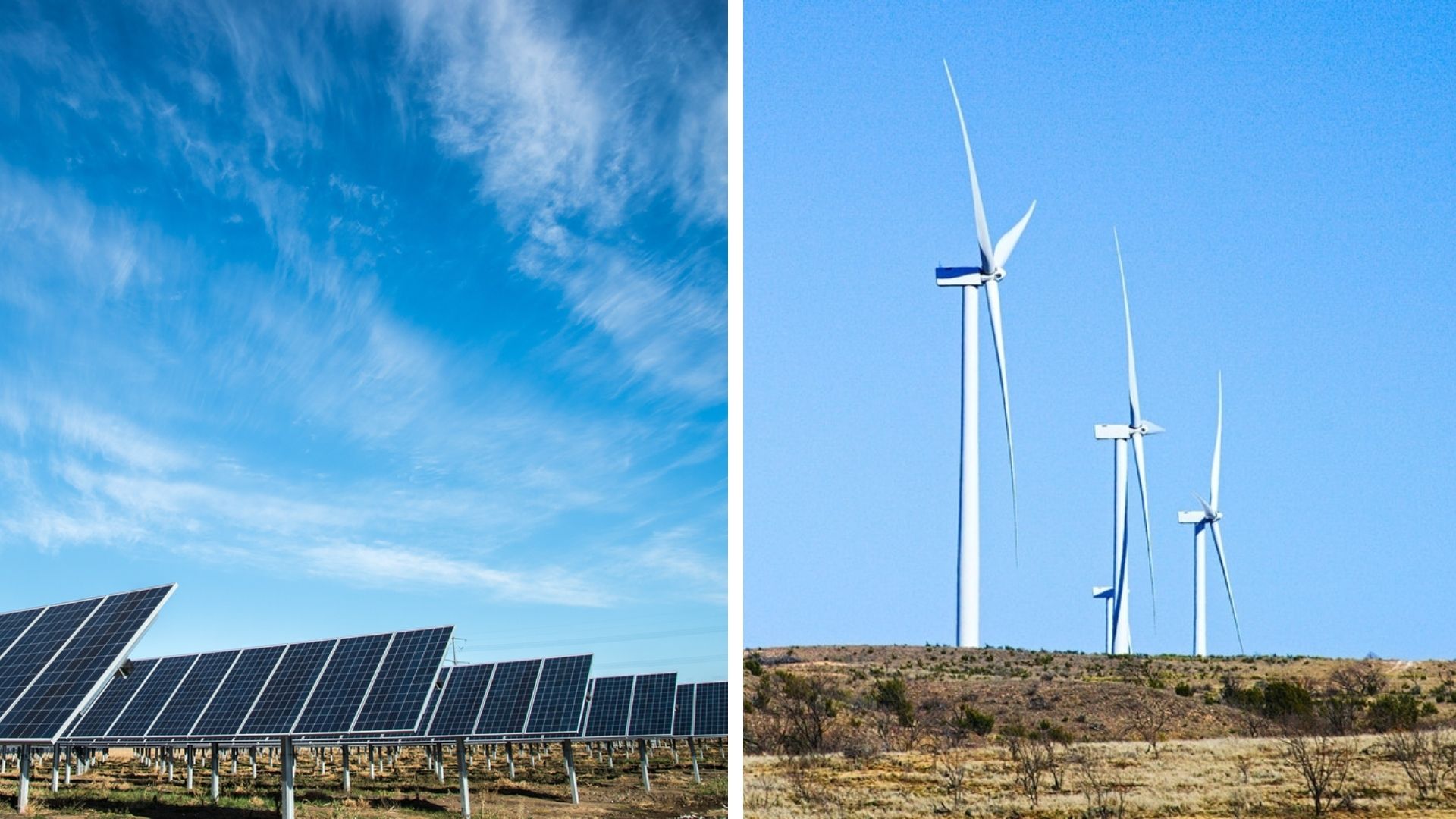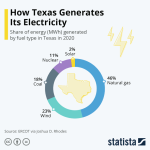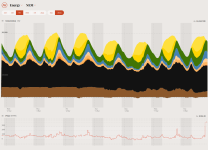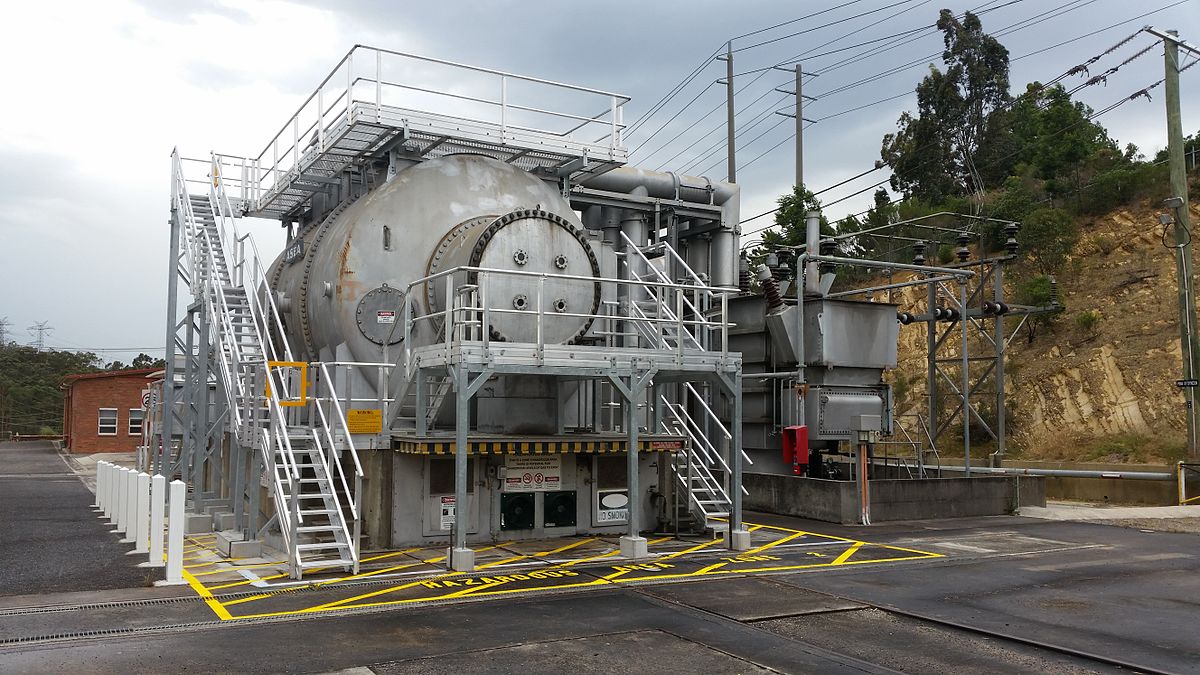Cheerful Charlie
Contributor

The world’s largest green hydrogen plant will be built in Texas
To power planes and outer space rockets.
The world's largest green hydrogen plant will be built in Texas
...
According to its website, GHI has seven projects that are under development with a combined output of one terawatt. The largest and the first one to get off the ground is Hydrogen City in Texas. Using onshore wind and solar energy, the project aims to produce 60 gigawatts of green hydrogen every year.
The Piedras Pintas salt dome in Duval County will serve as the hydrogen storage facility for the project which in its initial stages will see a 2-gigawatt production facility being drawn up. Green hydrogen production is expected to begin by 2026 and it will tap into renewable energy from the Texan electricity grid.
...
Green hydrogen is also an ideal replacement for natural gas in gas-powered power plants as well as the input ingredient for making fertilizers for farmers, who face high price volatility.
"Hydrogen City is a massive, world-class undertaking that will put Texas on the map as a leading green hydrogen producer," GHI's founder and CEO Brian Maxwell said. "Texas has been the world leader in energy innovation for over 100 years and this project is intended to cement that leadership for the next century and beyond."
...
50 years from now in Texas will be very interesting.




